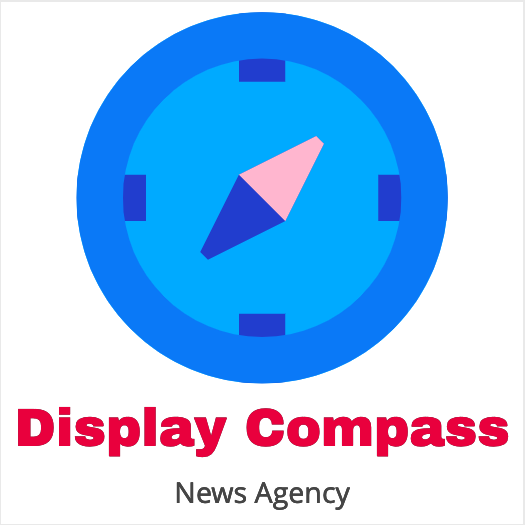Facebook Banner Size Recommendation
Officially called a cover photo, a Facebook banner appears at the top of your page or profile. For desktop screens, the most often advised Facebook banner size is 820 × 312 pixels. On larger displays, this dimension guarantees that the image will fit precisely without cropping. But the majority of Facebook users use mobile devices, which show the banner in a different way. 820 × 360 pixels is the ideal display size for mobile devices. Designers and marketers are advised to include a “safe zone” in their designs, where key text or logos stay centered and readable across all screens, as a result of this variance. Designing your cover photo at a higher size—820 × 461 pixels—allows you versatility in cropping without sacrificing quality.
The Significance of Banner Size
Your Facebook banner’s size is important since poorly optimized photos may seem pixelated, fuzzy, or strangely cropped. A distorted picture may immediately undermine trust because a banner serves as the visual introduction to your page or company. An attractive first impression is produced and brand consistency is maintained when the banner is appropriately sized. Given that millions of people browse Facebook rapidly, a neat, well-sized banner is more likely to draw attention and entice visitors to stay on your site. Additionally, if your banner contains crucial information that has to be viewable on several screen sizes, such event specifics, brand message, or a call to action, proper scaling helps avoid annoyance.
Considerations for Layout and Safe Areas
Facebook automatically filters photographs based on the device, thus knowing “safe areas” is crucial. On desktop and mobile devices, the banner’s core section, which is around 640 pixels wide, usually stays visible. On certain screens, everything outside of this safe area runs the danger of being cropped. To guarantee visibility, position any text, a logo, or a main topic that is part of your banner in this middle section. Additionally, Facebook’s dynamic cropping is avoided by keeping ample margins around important components. Using high-resolution photos is another helpful technique. Facebook reduces photos during upload, so even though 820 × 312 pixels is the minimum, uploading a higher-resolution image—like 1640 × 624 pixels—ensures sharp clarity.
File Format and Quality Advice
Facebook allows banners in both JPG and PNG formats, while the format that is best for a given piece of material varies. A high-quality JPG usually works best if your banner includes photos. With less distortion from compression, a PNG offers crisper clarity for banners with text, logos, or other graphical elements. Although Facebook permits larger files, the file should preferably be less than 100 KB to preserve quality. Make sure everything looks right by previewing your banner on many devices before uploading. By taking this additional step, unpleasant shocks that may otherwise go undiscovered are prevented.
Keeping Up With Updates on Facebook
Facebook periodically makes layout changes that may slightly alter the way banners appear. Although 820 × 312 pixels is still the official suggested size, content providers should be informed of any platform adjustments. Designers frequently use adaptable, high-resolution graphics and centralize key components to future-proof their banners. Staying informed about the most recent adjustments to display dimensions may be achieved by following Facebook’s design community or help center.
Conclusion
The Facebook banner is an effective visual aid that instantly conveys the character and expertise of your page. Your cover will seem crisp and responsive on all platforms if you know the proper measurements, which are mainly 820 × 312 pixels for desktop and 820 × 360 pixels for mobile. You may make an eye-catching and powerful Facebook banner that improves your online visibility by adhering to safe zones, selecting the appropriate file formats, and utilizing high-quality photographs. Optimizing your cover photo with following guidelines can help you keep a visually consistent and captivating appearance for both new and returning users, even when Facebook’s layout may change.

